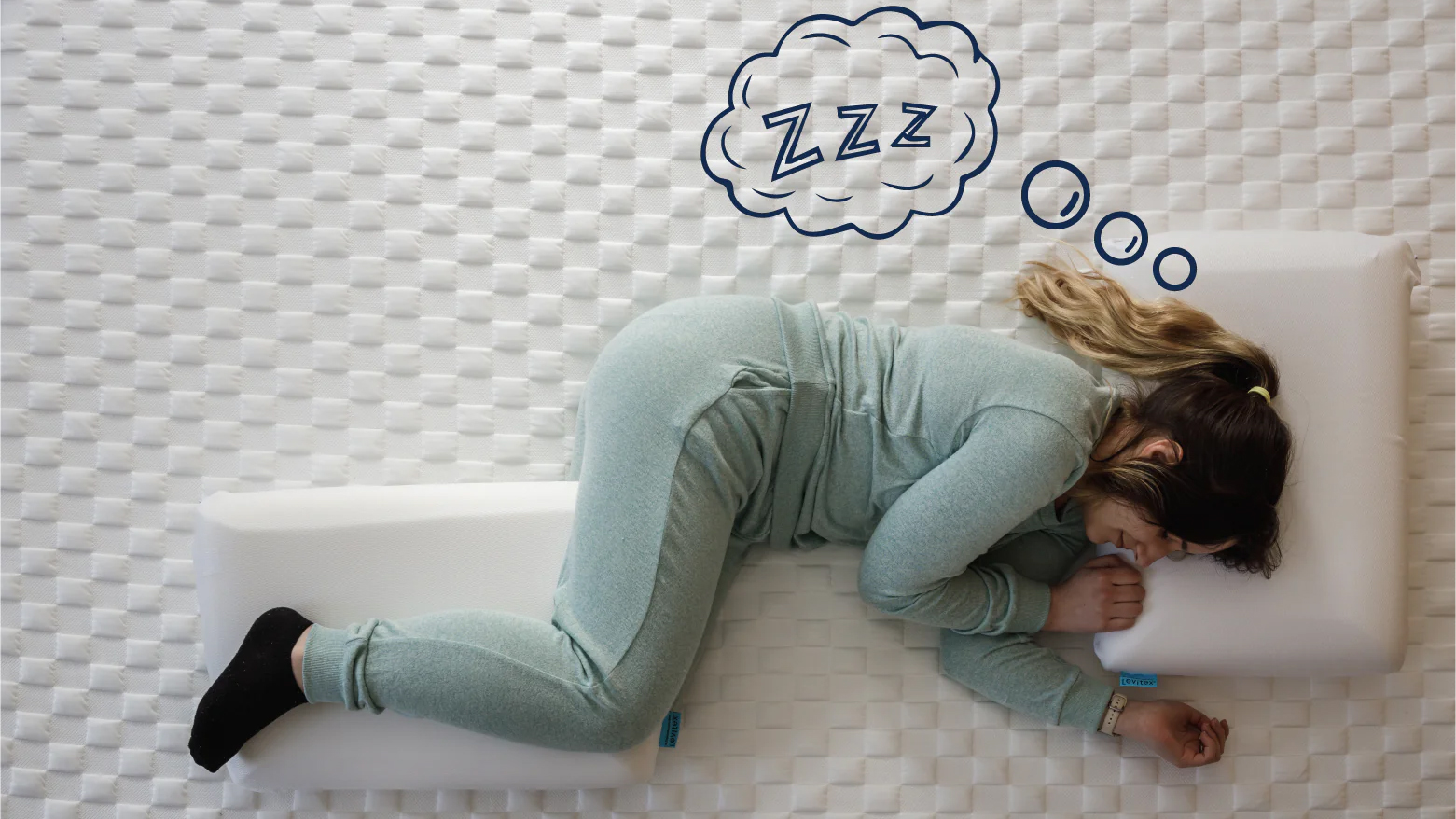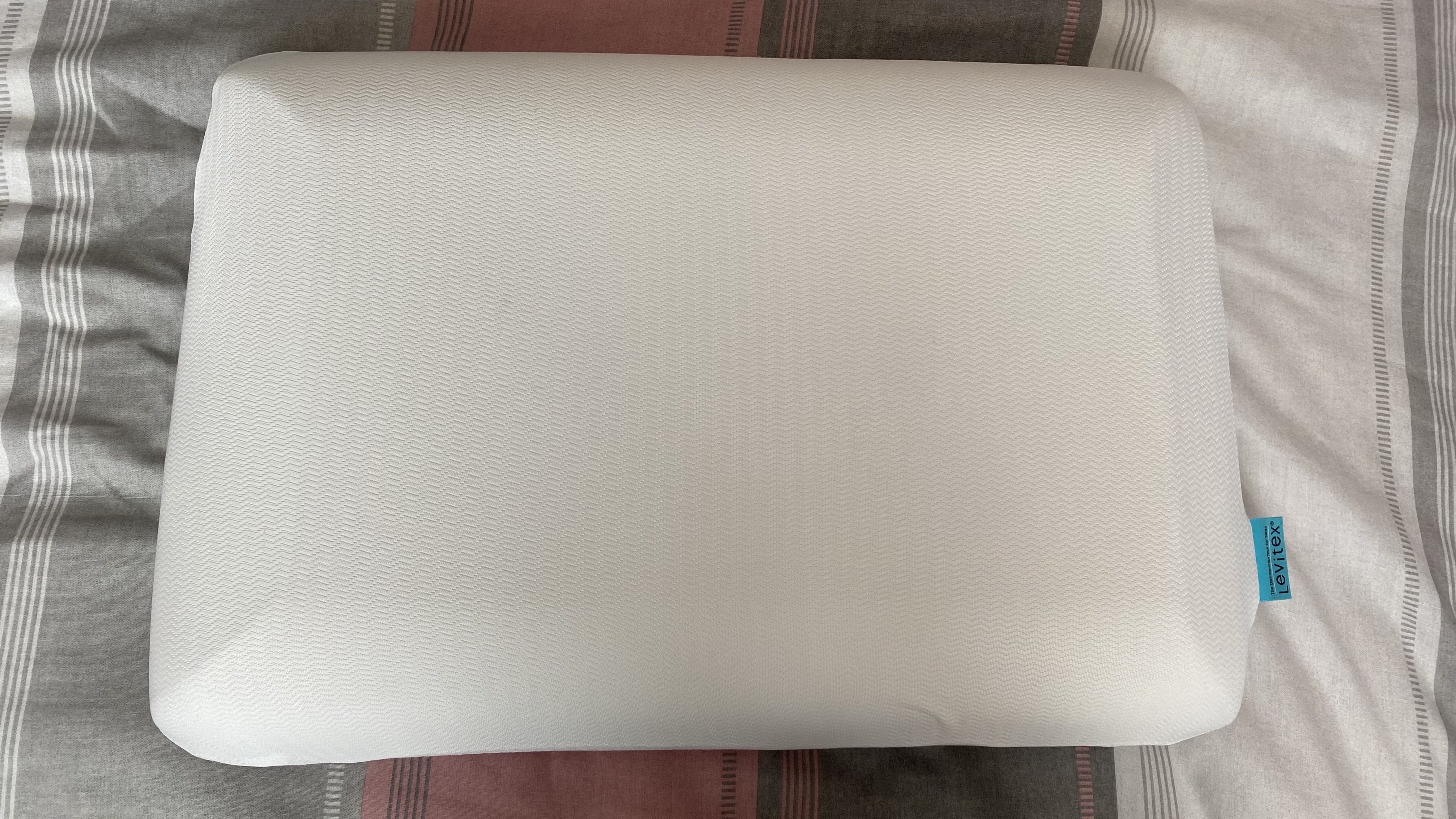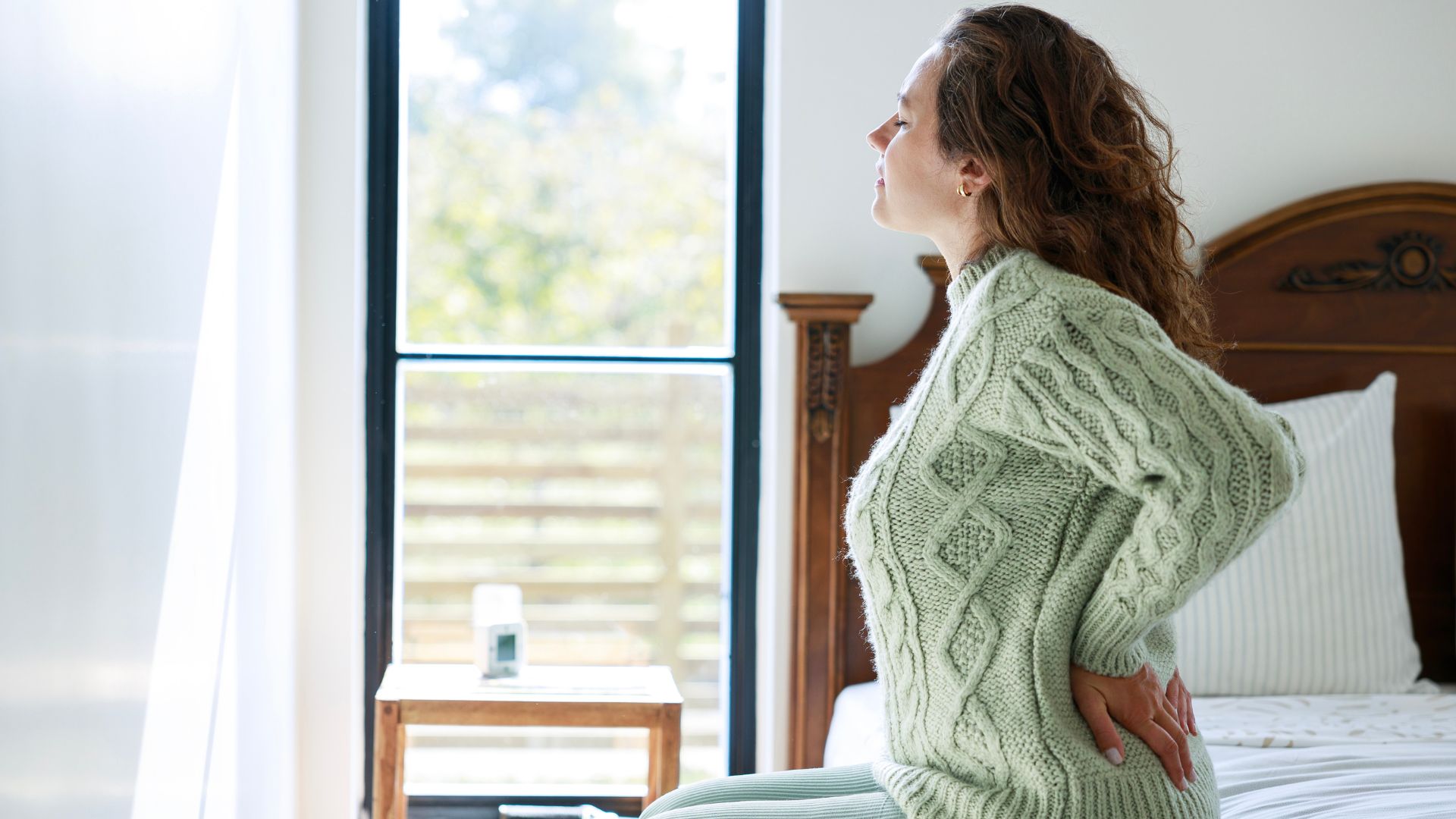
For years I was a devoted down pillow user. I loved the way it yielded to my movements and how a quick fluff could get it back to the perfect shape, time after time. I stacked my down pillows to achieve as high a loft as possible and reasoned everyone woke up with sore shoulders.
But working as a sleep writer made me realize my pillow setup wasn't actually aiding my sleep health. Much like the best mattresses, a pillow should be chosen to support your body type and sleep preferences — something my down pillow wasn't doing. So when I had a chance to test the all-foam Sleep Posture Pillow from Levitex, I took a chance to refresh my bed setup.
I've now been sleeping on my Sleep Posture Pillow for six months and my neck has never been happier. Here's why after years of down devotion, I'm sticking with my memory foam pillow...
What is a memory foam pillow?
The best pillows can contain a variety of fillings, from down to down alternative, latex to microfiber. Memory foam pillows use this popular mattress fill to create a pillow with a cradling, responsive feel, a slight sink, and a pressure relieving push-back.
Memory foam pillows encourage sleep health by holding the head and neck aligned with the spine. The dense foams can trap heat, so they might not be the best choice for hot sleepers, but a lack of fluffing makes them a low maintenance option.
A pillow is an important part of your sleep environment, and different fills and designs suit different needs. When choosing a pillow fill, consider your sleep position and body type, to ensure your pillow meets your preferences.
The memory foam pillow I've been sleeping on
The Levitex Sleep Posture Pillow is a supportive all-foam pillow designed by sleep health experts to offer support and aid spinal alignment. It's available in four different lofts to ensure you can always find the right size for your body type and sleep position. I've been sleeping on the Sleep Posture Pillow in Medium (10cm / 4 inches).

At this point, it's worth noting that the Sleep Posture Pillow isn't made using traditional memory foam, but Levitex's own foam. However, there are many similarities between the materials (both are designed to offer cushioned pressure relief and contoured support) and as memory foam isn't a standardized term, we're using it here as a shorthand.
The Sleep Posture Pillow is essentially just a rectangle of foam which tapers at the sides, wrapped in a nylon cooling cover. Press into the pillow and the foam moves easily in response to the pressure, before quickly bouncing back to the original form when you let go. It has a medium-firm feel that offers some resistance, instead of the sink-in effect of softer foams.
3 reasons I'll never go back
I was, admittedly, skeptical when my Sleep Posture Pillow first arrived. The low loft and basic design lacked the immediate appeal of my previous ethically-sourced down pillow. But after a short adjustment period I discovered the simple build masks a wealth of benefits, including these three features...
1. I wake up with fewer aches and pains
I used to wake up with my head twisted at an unusual angle from slipping and sinking into my down pillow during the night. This meant frequent pains in the neck and a shoulder ache that I just assumed was part of my life.
But the Sleep Posture Pillow delivers a combination of firmer pressure relief with gentle sink, so my head and neck are cradled in a comfortable position all night long. In addition, the lower loft keeps my head aligned with my spine, and not lifted above it, allowing the muscles in my neck to relax.
My neck isn't always pain free (until I find a pillow that stops me from hunching over my desk, that's a distant dream), but I don't remember that last time I woke up and required 10 minutes of stretching before I could turn my head either way — something that used to be a surprisingly regular part of my old morning routine.

2. I have better sleep posture
I'm primarily a stomach sleeper, which is widely regarded as the worst sleep position. While my memory foam pillow hasn't fixed my sleep posture, I'm less inclined to lie flat on my front with my head twisted at a ninety degree angle. Instead, I find a happier medium between stomach sleeping and side lying, which puts less strain on my neck.
Plus, with the memory foam pillow under my head, my old down pillow can serve another purpose – tucked beneath my knees. A pillow between your knees can aid spinal alignment, preventing the lower back from sinking. And it encourages me to try lying in a healthier side sleeping position, even if I sometimes slip forward onto my stomach before drifting off.
3. Absolutely no fluffing required
Fluffing my down pillows was never a particular pet peeve of mine, but I do appreciate that my memory foam pillow is always ready and waiting. The filling doesn't shift about in the night, so there's no need for fluffing in the morning.
Even better, I never have to fight with my pillow at 2am when I've woken up with a pain in the neck. The memory foam moves gently around the shape of my head, but it's always ready to bounce back when I shift position. There's no grooves for me to try and plump up when I can't get comfortable.







